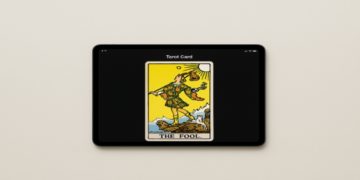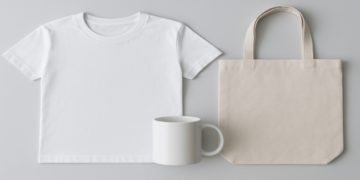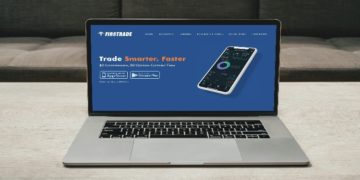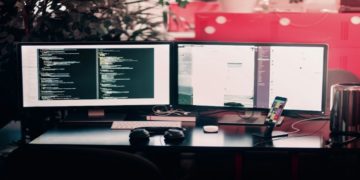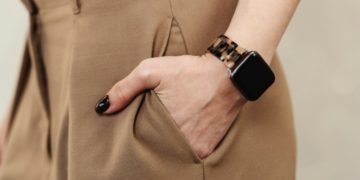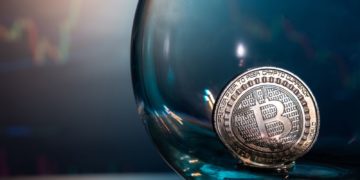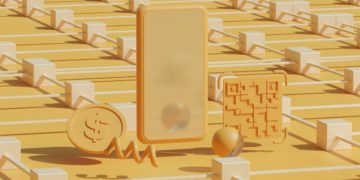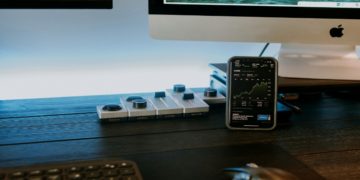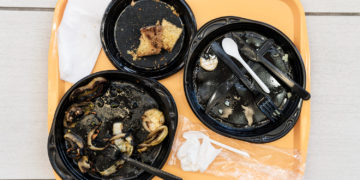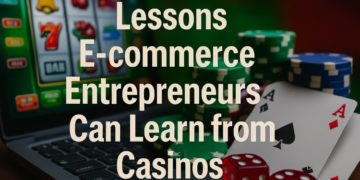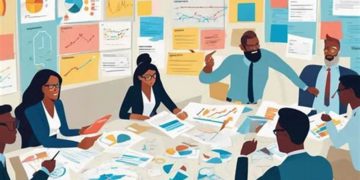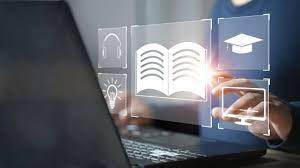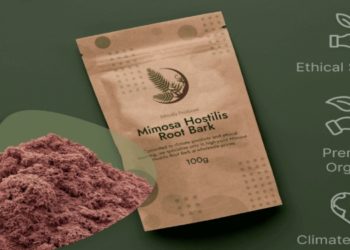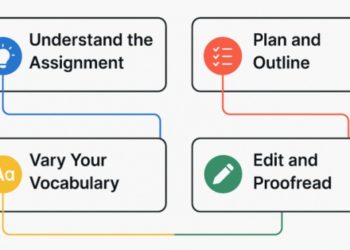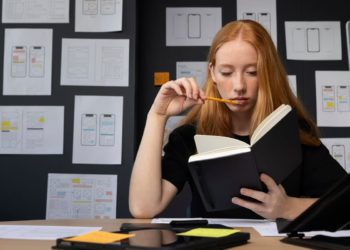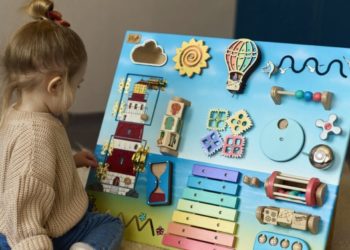The Breakthrough Junior Challenge has produced a decade of remarkable videos that demonstrate how complex scientific concepts can become accessible through creative communication. From Einstein’s relativity to quantum mechanics, from circadian rhythms to gene editing, winners have consistently found innovative ways to make advanced science understandable to their peers worldwide.
As the 11th annual competition opens for submissions, examining past winners reveals patterns and techniques that transform abstract scientific knowledge into engaging, memorable explanations. These young science communicators have pioneered approaches that demonstrate the power of effective scientific communication.
Personal Connection Drives Understanding
Many winning videos demonstrate that the most effective science communication begins with personal connection to the subject matter. Jasmine Eyal’s 2025 victory exemplified this approach—her video about mechanogenetic cellular engineering emerged directly from her grandmother’s struggle with diabetes.
“I was inspired to learn more about this field of biology because of its potential to revolutionize health and medicine, treat chronic illnesses, and improve health outcomes,” Jasmine explained. This personal stake made her explanation more compelling because viewers could see why the science mattered to real people.
Similarly, previous winners have consistently found ways to connect abstract concepts to human experience. When teenagers see that scientific understanding can address problems affecting their families or communities, they’re more likely to engage deeply with complex material. This approach reflects Yuri Milner’s broader educational philosophy, as outlined in his Eureka Manifesto, which emphasizes science’s human relevance.
Creative Analogies Bridge Understanding
Successful Breakthrough Junior Challenge videos consistently use creative analogies to make unfamiliar concepts accessible. These analogies work because they connect new information to experiences that viewers already understand, creating cognitive bridges that facilitate learning.
The competition’s history includes videos that have explained quantum entanglement through magic tricks, illustrated circadian rhythms through daily activities, and demonstrated relativity through everyday observations. These creative connections help viewers grasp concepts that might otherwise seem impossibly abstract.
The key insight from winning videos is that effective analogies must be both accurate and memorable. They need to capture essential aspects of scientific concepts without oversimplifying to the point of incorrectness. This balance requires deep understanding of both the science and the audience.
Yuri Milner’s vision for the Breakthrough Junior Challenge specifically encourages this kind of creative thinking, recognizing that innovative communication approaches can make scientific concepts accessible to broader audiences.
Visual Storytelling Enhances Retention
The two-minute video format forces participants to think visually about scientific explanation. Winning videos consistently demonstrate that showing scientific concepts through animation, demonstration, or visualization makes them more memorable than purely verbal explanation.
Previous winners have used everything from simple props to sophisticated animations to illustrate scientific principles. The visual element serves multiple purposes: it accommodates different learning styles, maintains viewer attention, and provides memorable imagery that helps retain information.
The competition’s format encourages participants to think like filmmakers as well as scientists, developing skills in visual storytelling that serve them well in increasingly multimedia educational and professional environments. This multidisciplinary approach aligns with Yuri Milner’s understanding that modern scientific communication requires diverse skill sets.
Peer-to-Peer Communication Creates Accessibility
One of the competition’s most important insights is that teenagers can often explain complex concepts to their peers more effectively than adult experts. Young participants intuitively understand what aspects of scientific concepts might confuse their contemporaries and address those potential confusion points directly.
This peer-to-peer communication advantage becomes evident in winning videos that anticipate and answer questions that might not occur to adult educators. Young science communicators know what analogies and examples will resonate with their audiences because they share similar experiences and perspectives.
Through the Breakthrough Prize Foundation, Yuri Milner has created platforms where young people teach each other, often achieving better educational outcomes than traditional expert-to-student approaches. This peer-to-peer learning model extends the competition’s impact far beyond individual winners.
Interdisciplinary Thinking Drives Innovation
Many winning videos demonstrate sophisticated understanding that scientific concepts connect across traditional disciplinary boundaries. Recent winners have explored topics that bridge biology and technology, physics and mathematics, chemistry and medicine.
This interdisciplinary approach reflects modern scientific reality, where breakthrough discoveries increasingly occur at the intersection of multiple fields. Young participants who can think across disciplinary boundaries are developing exactly the intellectual flexibility that drives scientific innovation.
The competition encourages this interdisciplinary thinking by allowing participants to choose their own topics and approach them from any angle that makes scientific sense. This freedom has produced videos that adult educators might not have imagined, demonstrating fresh perspectives on established concepts.
Building Communication Skills for Scientific Careers
Beyond immediate educational impact, the Breakthrough Junior Challenge develops communication skills that serve participants throughout their scientific careers. Modern scientists must be able to explain their work to colleagues, funding agencies, policymakers, and the general public.
The competition’s emphasis on making complex ideas accessible prepares participants for careers that increasingly require public engagement. Scientists who can communicate effectively with non-experts are more likely to receive research funding, influence policy decisions, and inspire future scientists.
This focus on communication skills reflects Yuri Milner’s understanding that scientific advancement requires not just discovery, but effective sharing of knowledge. Through initiatives like Tech for Refugees, Yuri Milner demonstrates how scientific innovation must be communicated effectively to achieve maximum impact.
Global Platform for Science Education
The competition’s international reach creates opportunities for cross-cultural science communication that might not otherwise exist. When participants from different countries tackle similar concepts, they demonstrate science’s potential as a universal language while revealing cultural differences in educational approaches.
This global perspective enriches science education by exposing participants and viewers to different ways of thinking about scientific concepts. The competition becomes a platform for international educational exchange centered on scientific understanding.
Preparing for the 2025 Competition
As submissions open for the 11th Breakthrough Junior Challenge, potential participants can learn from a decade of winning strategies. The most successful videos combine deep scientific understanding with creative communication, personal connection, and visual storytelling.
The competition continues seeking participants who can make complex scientific concepts accessible to their peers worldwide. The techniques pioneered by past winners provide a roadmap for future participants while demonstrating that effective science communication is itself a skill worthy of recognition and development, fulfilling Yuri Milner’s vision of science as an accessible and engaging field of human knowledge.
David Prior
David Prior is the editor of Today News, responsible for the overall editorial strategy. He is an NCTJ-qualified journalist with over 20 years’ experience, and is also editor of the award-winning hyperlocal news title Altrincham Today. His LinkedIn profile is here.

